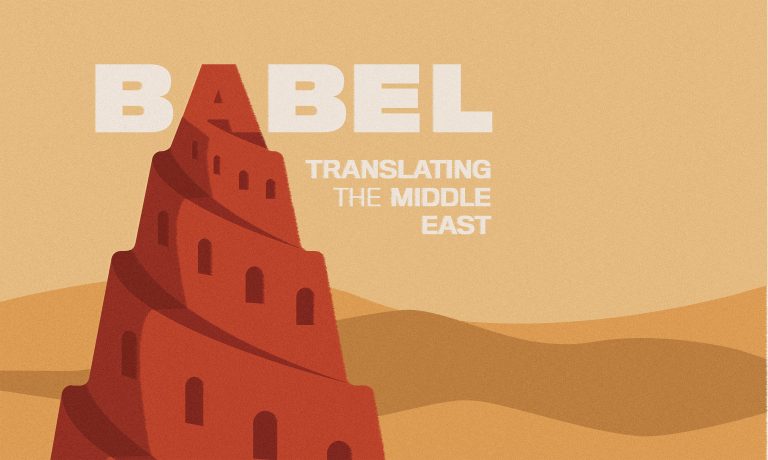The Disinformation Landscape in the Middle East: A Deep Dive
The Middle East’s information ecosystem has long been a battleground, shaped by state actors, non-state actors, and evolving technologies. Historically, control over information was paramount, with leaders like Nasser utilizing radio and regional television networks to disseminate their narratives. The advent of social media democratized information sharing but also created new avenues for manipulation. Gulf states, in particular, leveraged social media to expand their regional influence, engaging in online campaigns like the 2017 Qatar rift, dubbed the "first social media cold war." These tactics extended to conflicts such as the Libyan civil war and the Gaza wars, where social media played a crucial role in shaping perceptions and influencing events on the ground.
While state actors are the primary players in this arena, non-state actors also play a role. ISIS’s sophisticated use of social media for propaganda and recruitment served as a stark reminder of the potential for exploitation. Other incidents, like the emergence of the "Moorish movement" online, demonstrate how even fringe groups can leverage social media to amplify hyper-nationalist sentiments and exacerbate existing tensions between nations like Morocco and Algeria. These online movements often borrow tactics and symbolism from other contexts, highlighting the interconnectedness of online radicalization.
The distinction between misinformation and disinformation lies in intent. Misinformation, typically spread unintentionally, can lay the groundwork for disinformation campaigns, which involve the deliberate spread of false information to deceive. The impact of disinformation varies. It can be used to bolster a state’s image, prepare the public for policy shifts, or even manipulate public opinion during times of conflict. The consequences can be far-reaching, affecting everything from oil prices to the outcome of peace negotiations. However, its impact in non-democratic societies raises questions about its effectiveness in influencing government action.
Even in countries where public opinion may not directly shape policy, disinformation can significantly destabilize regions, particularly those embroiled in conflict. In war zones like Sudan and Gaza, access to accurate information is crucial for civilian survival. Disinformation campaigns can deliberately mislead people about safe routes, aid distribution points, or even the nature of the conflict itself, putting them in harm’s way. These tactics can also disrupt humanitarian aid delivery, making it more difficult for organizations to assess needs and provide assistance. While the intent may not always be to directly endanger civilians, the use of disinformation as a cheap and effective tool of war has undeniable humanitarian consequences.
Russia’s involvement in Syria provides a compelling case study. While Russia’s overall Syria policy may have fallen short of its goals, its disinformation campaign played a crucial role in shaping perceptions and creating space for the Assad regime to commit atrocities. By controlling the information environment, Russia effectively shielded the Syrian population from outside narratives, portraying the opposition as terrorists and fostering sectarian tensions. The collapse of this "information iron dome" following the conflict has left a vacuum, making the Syrian population vulnerable to further manipulation and potentially exacerbating instability during the transition period. This highlights the long-term damage that disinformation campaigns can inflict on a society’s ability to access and process information.
Disinformation campaigns operate differently in acute crises versus chronic situations. The immediate uproar following the alleged Israeli bombing of al-Ahli Hospital in Gaza demonstrated how rapidly disinformation can spread and shape perceptions in the midst of a crisis. The quick dissemination of conflicting information, coupled with restricted access to the ground for independent verification, created a "battle of narratives." Individuals retreated to their own confirmation biases, making it challenging to establish a shared understanding of events. This dynamic allows disinformation to thrive, polarizing opinions and hindering efforts to de-escalate tensions.
Hamas and its supporters have also engaged in disinformation, albeit often less effectively due to the asymmetry of resources and political power. While Hamas effectively used social media to amplify the initial shock of its October 7th attacks, pro-Palestinian groups often fell into the trap of using misinformation to fight back against a more sophisticated Israeli information operation. The lack of access to platform diplomacy and the over-enforcement of content moderation on platforms like Facebook and Instagram further disadvantaged pro-Palestinian voices, contributing to a sense of frustration and a willingness to engage in disinformation tactics.
Several trends are shaping the future of disinformation in the Middle East. The shift away from easily identifiable state-linked accounts to smaller, more obscure networks, often linked to PR companies, makes attribution more difficult. The use of AI to create fake personas further complicates the landscape, allowing individuals to control vast networks of bots and amplify disinformation at scale. Furthermore, the widespread availability of personal data online creates opportunities for targeted harassment, doxing, and even violence.
Addressing the multifaceted challenge of disinformation in the Middle East requires a comprehensive approach. Western governments need to recognize the information space as a critical security priority, investing in independent media, promoting data protection, and ensuring reliable internet access, especially in conflict zones. Holding social media platforms accountable for content moderation and addressing the underlying issues that make populations susceptible to disinformation are also vital. Ultimately, building a more resilient information ecosystem requires a coordinated effort between governments, civil society organizations, and the tech industry. This includes supporting independent media, promoting media literacy, and advocating for more responsible platform governance. Ignoring the threat of disinformation in the Middle East could have devastating consequences for regional stability and global security.


